
If you’ve had a reef tank for any real stretch of time, chances are you’ve come across the notorious Aiptasia anemone. And if you’ve spotted one, you’ve probably seen many—they multiply fast. Aiptasia often sneak into tanks as hitchhikers on new corals, live rock, or macroalgae. Once in, they quickly spread, sting corals, and take over prime tank real estate.
While proper coral dipping and quarantine practices can help avoid them, many hobbyists skip those steps and place new additions straight into the display tank. That’s when Aiptasia take advantage and start their invasion.
Chemical & Commercial Aiptasia Treatments
There are several popular store-bought treatments specifically designed to kill Aiptasia:
- Joe’s Juice
- Easy to use and effective with direct application.
- Works quickly on visible Aiptasia.
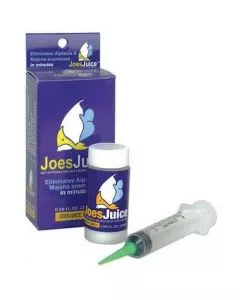
- Red Sea Aiptasia-X
- Trusted brand with reliable results.
- Safe for reef tanks when used as directed.
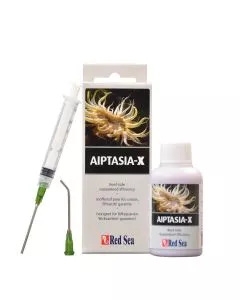
- Frank’s F-Aiptasia
- Budget-friendly and reef-safe.
- Great for spot treatments.
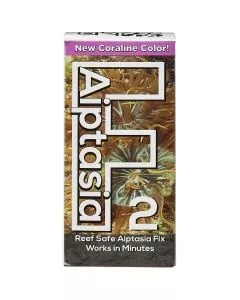
- Maxspect Aiptasia Control
- Another option, though less popular due to lower effectiveness.
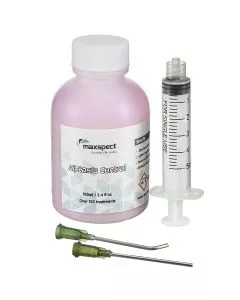
These products can definitely help—but they typically require repeated use. A single surviving Aiptasia can restart the infestation. That’s why many reefers look to nature’s cleanup crew for a more sustainable, long-term solution.
The Aiptasia Natural Predators That Work
1. Peppermint Shrimp (Lysmata Wurdemanni)
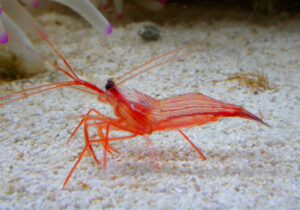
Peppermint shrimp are one of the best natural Aiptasia control methods out there. They’re small, affordable, easy to care for, and reef-safe. These shrimp eat Aiptasia, especially the smaller ones, and often prevent outbreaks before you even notice a problem.
BUT, not all “Peppermint Shrimp” are created equal. Be sure to get Lysmata Wurdemanni (or Lysmata Bogessi). Impostors like Lysmata Rathbunae may look similar but won’t touch Aiptasia.
Pros:
- Cost-effective and low maintenance
- Acts as part of your cleanup crew
- Actively eats Aiptasia
Cons:
- Might nip corals if underfed
- May ignore Aiptasia if overfed
- Vulnerable to fish that eat crustaceans
- Common name confusion can lead to buying the wrong species
2. Copperband Butterflyfish
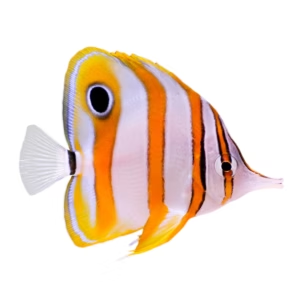
These stunning fish are excellent Aiptasia hunters, especially in larger reef tanks. They can wipe out infestations fast.
However: they come with a few caveats. Copperbands may also eat desirable anemones, feather dusters, and other inverts. They’re picky eaters, often shy, and need a peaceful tank with plenty of food variety.
Pros:
- Beautiful addition to display tanks
- Very effective at Aiptasia removal
Cons:
- Can be difficult to feed
- Might eat other tank invertebrates
- Sensitive to tank mates and stress
- Not ideal for smaller tanks
3. Aiptasia-Eating Filefish (Acreichthys tomentosus)
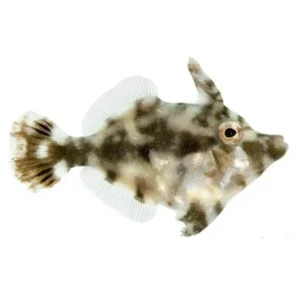
These unique-looking fish are a practical and efficient natural solution. They stay small (around 3–4 inches) and are suitable for tanks as small as 30 gallons. Once they get comfortable, they’ll start munching Aiptasia.
They may nibble coral polyps occasionally and need supplemental feeding, but they’re peaceful and adaptable. Captive-bred options are now available and are generally hardier and better feeders.
Pros:
- Reef-friendly and relatively peaceful
- Small size suits most tanks
- Can be trained to eat prepared foods
- Available captive-bred
Cons:
- May nip corals
- Can be shy and reclusive
- Might take time to start eating Aiptasia
4. Berghia Nudibranchs
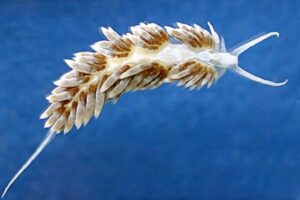
Berghia nudibranchs are stealthy and laser-focused Aiptasia assassins. They eat nothing else—just Aiptasia. While small (around 1″), they’re incredibly effective over time. They’re nocturnal and often go unseen, but you’ll notice the Aiptasia slowly disappearing.
The nudibranchs reproduce in your tank and their young will hunt down hidden anemones. However, once the Aiptasia is gone, they’ll starve unless removed or passed on to another reefer.
Pros:
- Most effective natural solution
- Safe for any reef tank
- Reproduce and hunt continuously
Cons:
- Expensive for their size
- Vulnerable to predation
- Removal needed once Aiptasia is gone
- Work slowly in larger tanks